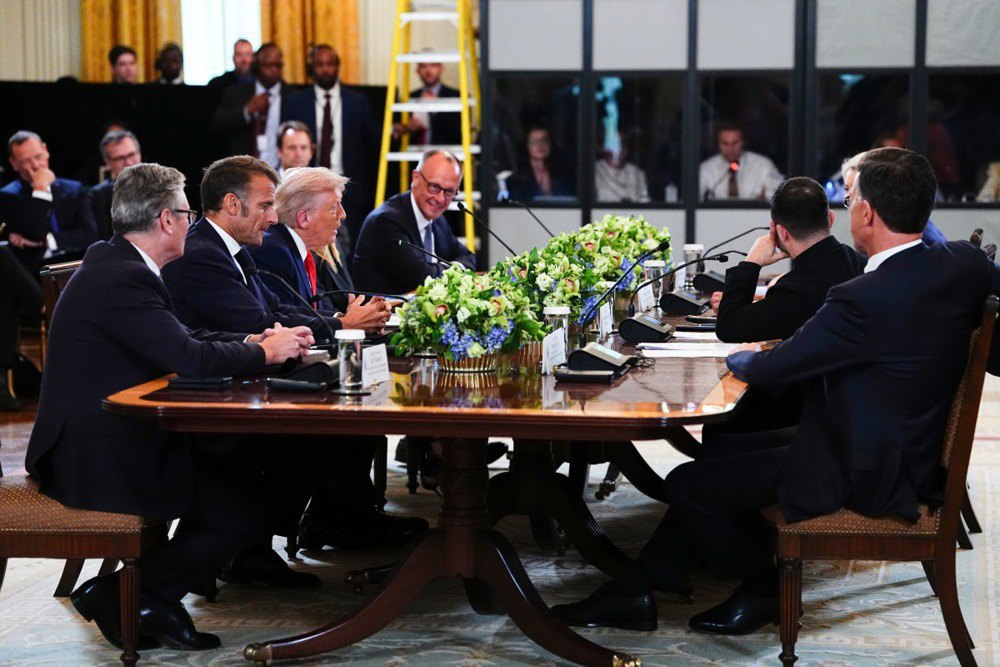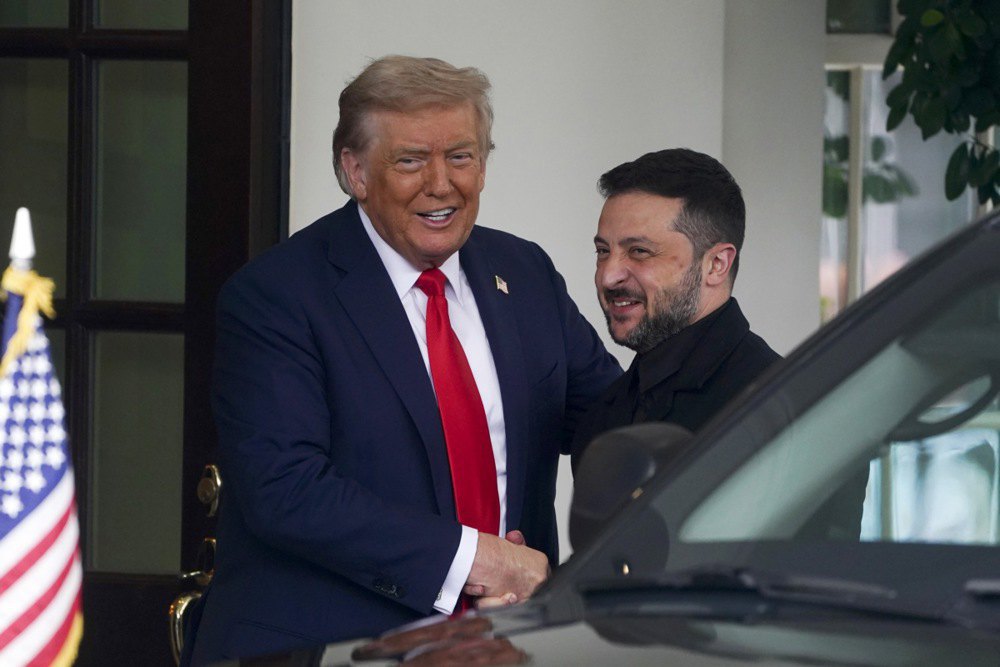
Jokes, cards and European support
At the appointed time, President Zelenskyy arrived at the White House, where Trump personally greeted him. Our delegation also included the head of the Presidential Office, Andriy Yermak, the secretary of the National Security and Defence Council, Rustem Umerov, the deputy head of the Presidential Office, Pavlo Palisa, and the Ukrainian ambassador to the United States, Oksana Markarova. In front of the press, the American leader said that Putin wants to conclude an agreement and that the US guarantees Ukraine ‘very good protection, very good security.’ He reproached his predecessor Joe Biden several times and boasted about what he considered to be the successful policies of the current administration. Both presidents joked from time to time, and the atmosphere seemed relaxed.
The closed-door conversation lasted a little less than an hour. The Americans prepared a large map of Ukraine with the temporarily occupied territories marked, and the presidents talked next to it. Later, at a briefing for journalists, Zelensky said that he had argued a little about the percentage of occupied territories. Because over the last 1,000 days, only about 1% of Ukraine's territory has been occupied, not 20% step by step — and this is important.
We wrote in detail about this meeting and the briefing by the leaders of Ukraine and the United States here.
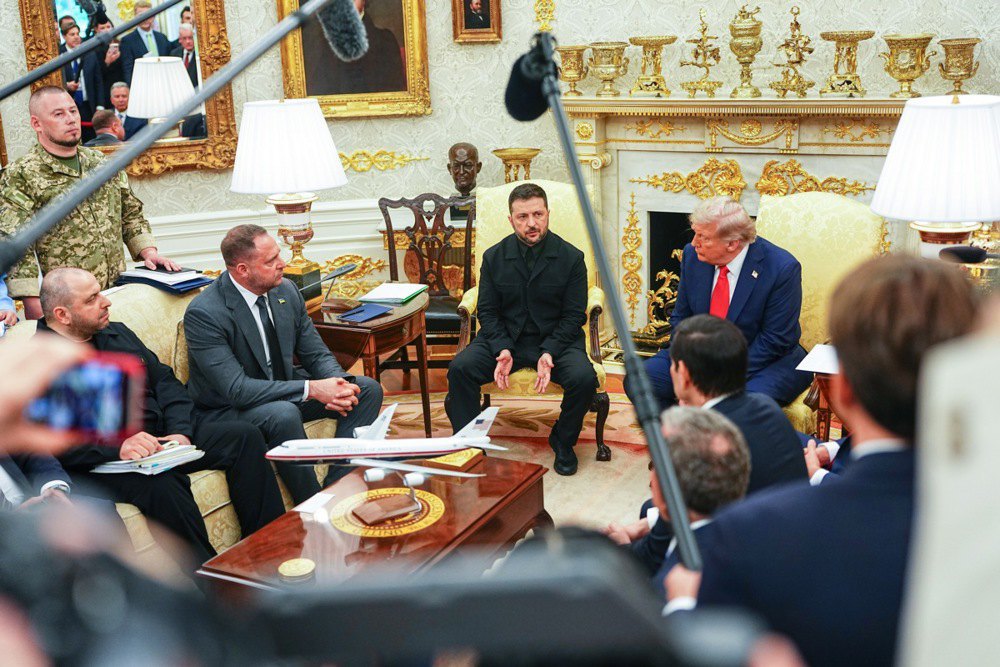
Next on the agenda was a meeting with European politicians. According to Zelenskyy, he had consulted with European partners the day before to coordinate their positions for the audience in the Oval Office. Donald Trump interrupted the multilateral meeting to make a phone call to the Kremlin.
The negotiations were attended by French President Emmanuel Macron, German Chancellor Friedrich Merz, British Prime Minister Keir Starmer, Italian Prime Minister Giorgia Meloni, Finnish President Alexander Stubb, European Commission President Ursula von der Leyen, and NATO Secretary General Mark Rutte.
They reiterated their unchanged positions during public speeches preceding the closed meeting: an immediate ceasefire, security guarantees for Ukraine, and progress towards a comprehensive peace agreement. ‘Many may ask what the President of Finland is doing here. But we have a very long border with Russia and a long history of war. In 1944, we were able to find a solution. And I hope that we will find one this time too,’ Alexander Stubb said.
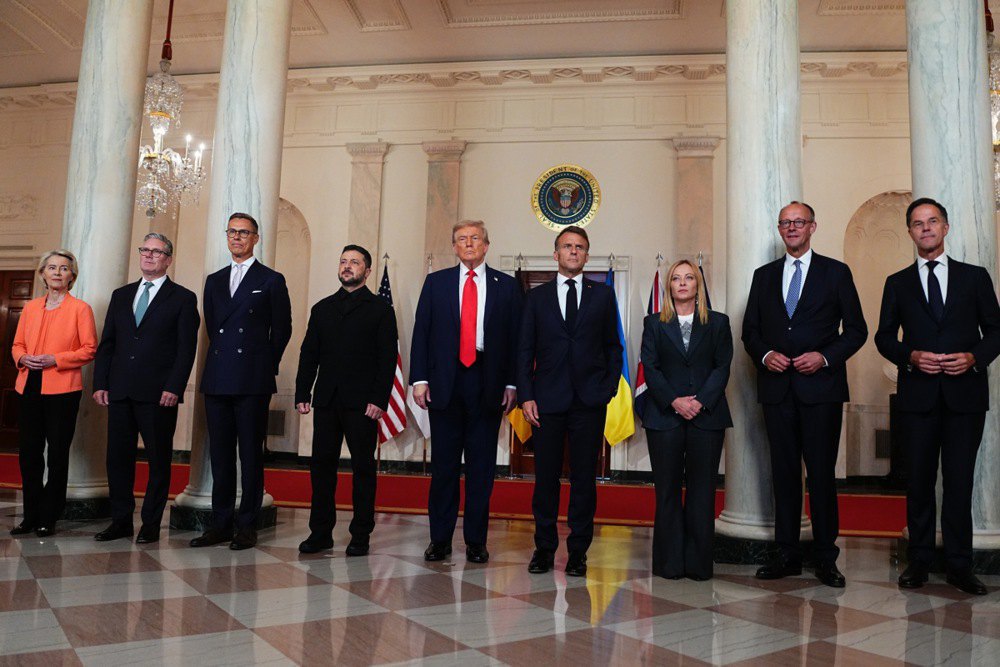
Working on security guarantees for Ukraine and a meeting between Zelenskyy and Putin
On 19 August, in an interview with CNN, the President of Finland spoke about the results of the meeting at the White House. In his opinion, it was ‘a good conversation about security guarantees from Europe in coordination with the United States for Ukraine.’ They approved the proposal for a bilateral meeting between Zelenskyy and Putin, followed by a trilateral meeting (with the participation of Donald Trump). ‘So we took three steps forward, not backward,’ Stubb concluded.
The meeting went better than expected, German Chancellor Friedrich Merz acknowledged during the final briefing. According to him, the meeting between Zelenskyy and Putin should take place in the next two weeks (Putin has allegedly agreed). ‘I doubt that he (Putin — Ed.) has the courage to come to a meeting with Zelenskyy,’ Merz expressed his opinion.
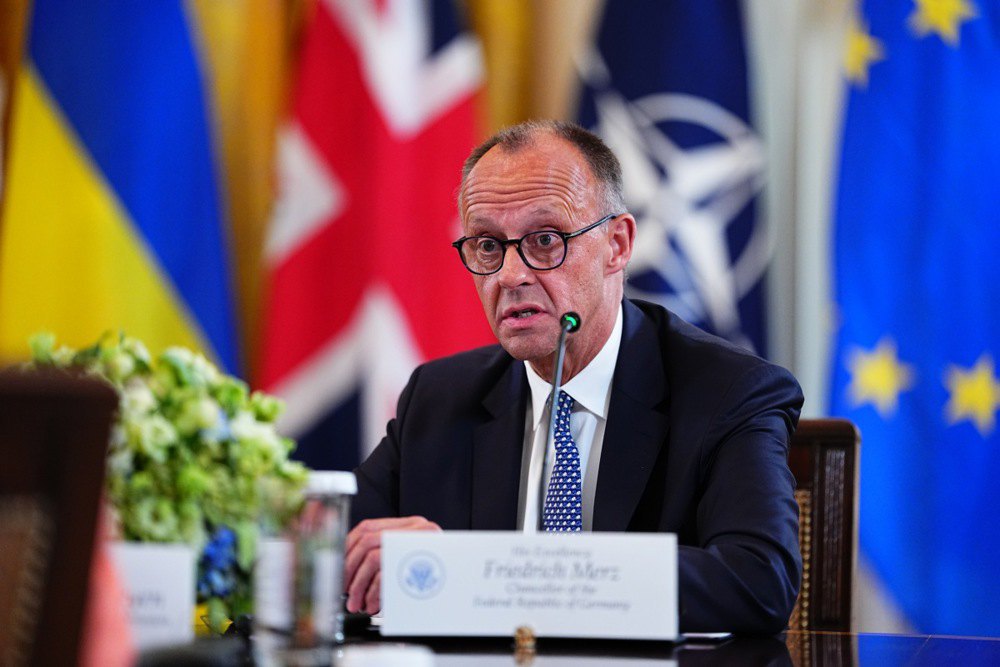
According to the German Chancellor, the participants in the negotiations insisted that Ukraine should not be forced to make territorial concessions. ‘Russia's demand that Ukraine give up parts of Donbas, just to illustrate the scale, would be comparable to asking the United States to give up Florida,’ Merz told reporters after the meeting at the White House, explaining how Europeans used their fingers to explain to Donald Trump what it means to ‘give up Donbas.’
He also said that there was a long discussion to convince the United States to join the security guarantees for Ukraine.
Humanitarian issues were also discussed, in particular, the fate of 19,000 abducted Ukrainian children. From Donald Trump's words, it can also be concluded that exchanges of prisoners of war will be organised.
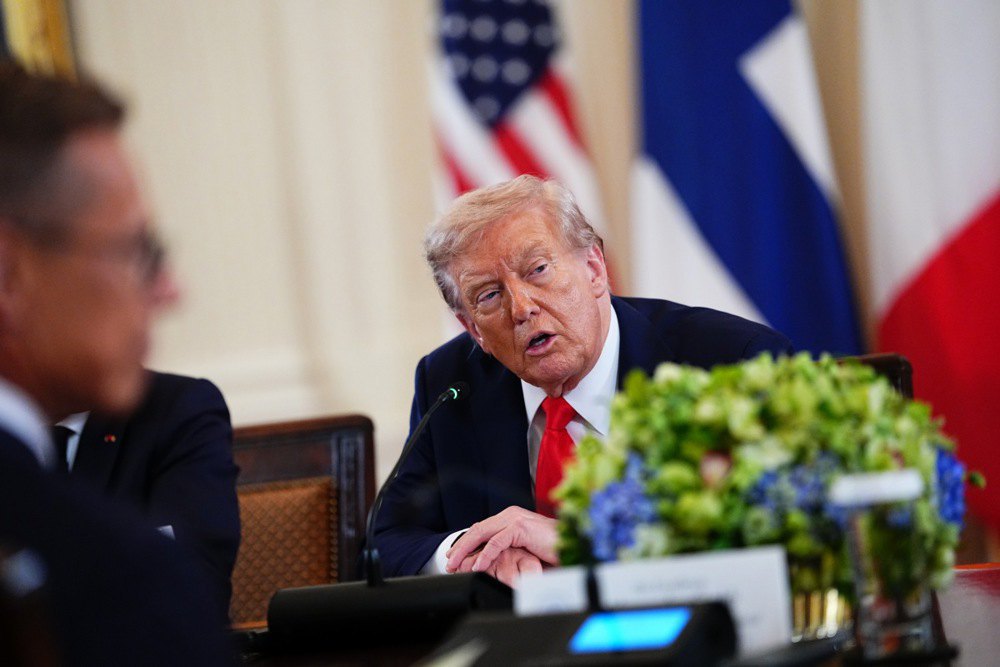
At the same time, the WSJ writes that during negotiations with Trump, Zelenskyy allegedly did not reject the idea of ‘proportional exchanges’ of land. Although he acknowledged that this would be a difficult task given the resettlement of people and the provisions of the Ukrainian Constitution. A very important outcome of these meetings is that the issue of territorial exchanges has been postponed until negotiations between Zelenskyy and Putin.
The meeting between the presidents of Ukraine and Russia may take place in Hungary, Reuters suggests, citing a senior US administration official. This would certainly not make our delegation feel more comfortable. Fortunately, there are other options. Emmanuel Macron said in an interview with TF1 that it would be better to hold a meeting between the Ukrainian president and Putin on neutral territory — in Geneva, Switzerland, for example.
The French president also said that he would like to see European leaders at the negotiating table during any summit between Zelenskyy and Putin.
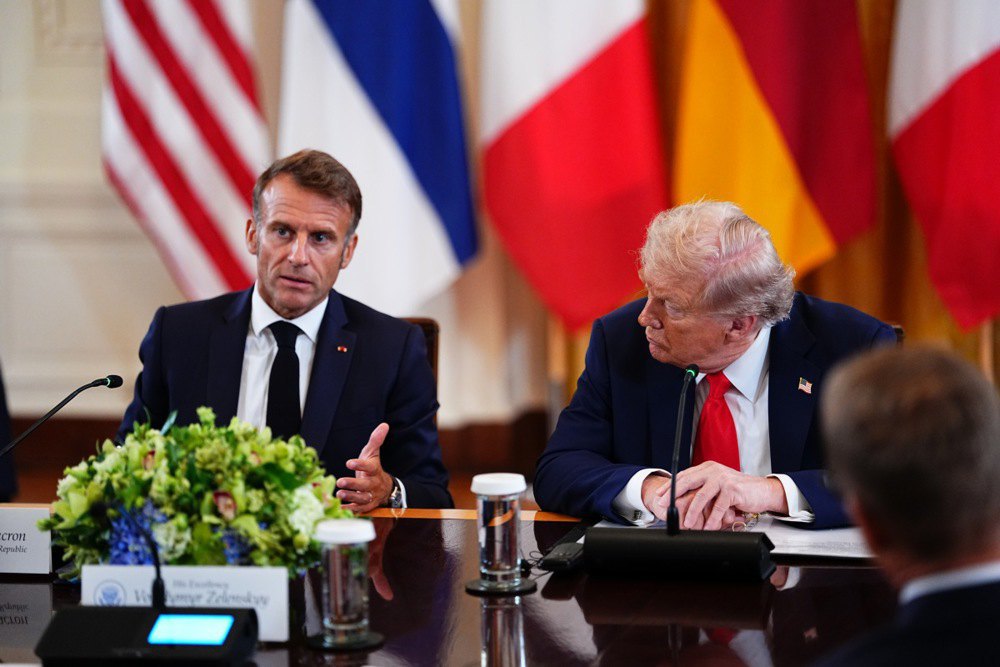
Ukraine's membership in NATO is not being discussed, but security guarantees are being debated based on Article 5 of the NATO Charter, which provides for collective defence, said Alliance Secretary General Mark Rutte. Marco Rubio will head a working group of national security advisers and NATO representatives to prepare a draft security guarantee for Ukraine, the WSJ reports, citing European officials familiar with the negotiations.
According to the publication, the draft will address the following key issues:
— deployment of allied military contingents on Ukrainian territory;
— provision of air defence, in particular to protect critical infrastructure and civilian facilities;
— supply of modern weapons (in particular, high-precision missiles);
— mechanisms for monitoring compliance with the ceasefire.
The British newspaper The Times, citing European sources, writes that France, Great Britain and other European allies will lead a ‘deterrent force’ of several thousand troops on Ukrainian territory.
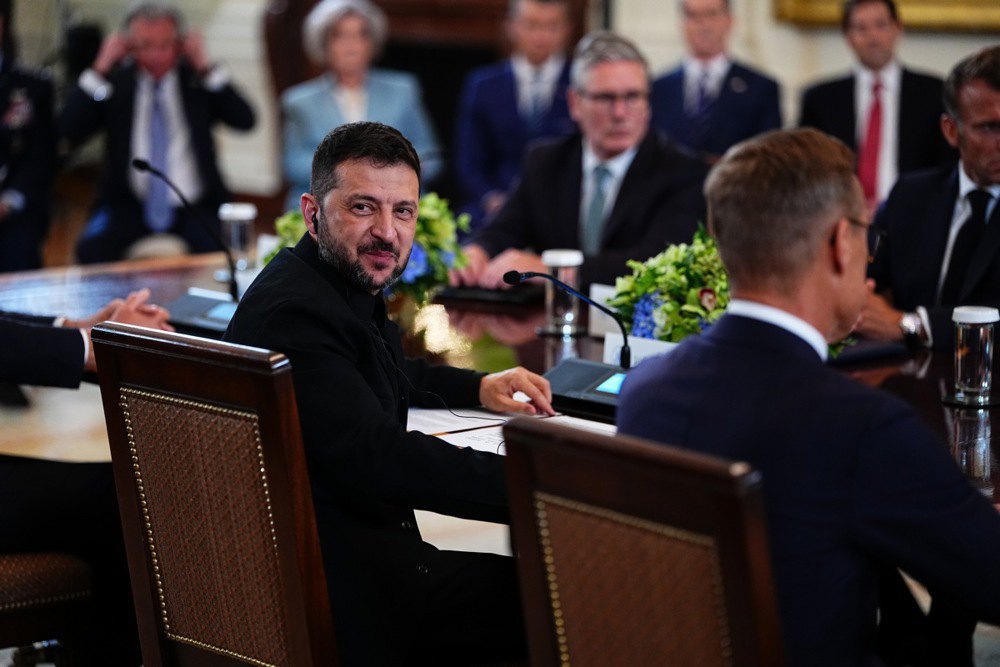
These forces, intended primarily for training and logistics, will quickly reinforce Ukraine in the event of a conflict and will be deployed outside combat zones or on the front lines, but not in disputed territories. ‘This will be a presence of allied troops alongside Ukraine to show that our fates are linked,’ said a French diplomat close to the negotiations.
The United States and Europe are starting work on a proposal for reliable security guarantees today — this is a prerequisite for the meeting between Zelenskyy and Putin, which will, in particular, avoid restrictions on the size of the Ukrainian Armed Forces, Bloomberg reports, citing informed sources.
‘The guarantees will be aimed at strengthening Ukraine's armed forces and capabilities without any restrictions, such as limits on troop numbers,’ the sources said. According to the publication, the negotiations in Washington have so far dispelled Ukraine's and Europe's fears that Trump had strayed from the course of cooperation with them after his meeting with Putin in Alaska.
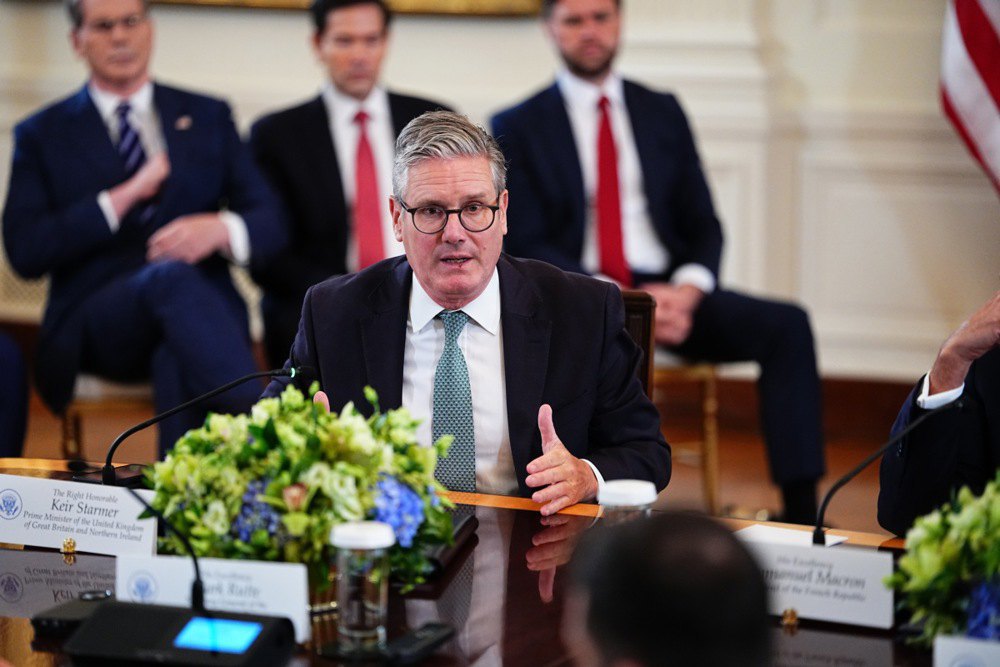
British Prime Minister Keir Starmer also noted in an interview with the BBC that on Tuesday, 19 August, teams will begin working on key security guarantees that will ‘reassure people in Europe, in Ukraine, but especially in the United Kingdom.’
Earlier, Volodymyr Zelenskyy told the media that security guarantees for Ukraine would be formalised within 10 days. Part of this will involve the purchase of $90 billion (£66 billion) worth of American weapons, he said.
According to Bloomberg, at Monday's meeting, EU leaders supported a model of guarantees similar to Article 5 (on mutual defence) and the formula proposed by Italian Prime Minister Giorgia Meloni — Ukraine will receive NATO security without actually joining the Alliance.
There is also talk that the United States may provide indirect military support to European peacekeepers without sending American troops into Ukraine.
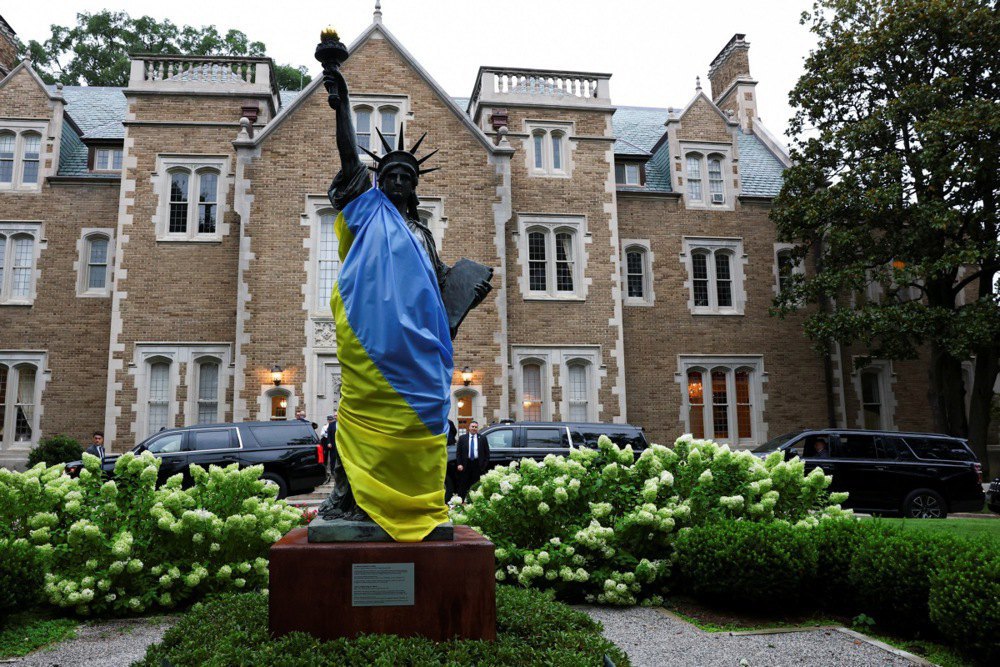
Conclusions: we continue to fight, we continue to negotiate
US military aid to Ukraine continues, although there were concerns ahead of the meeting. And last night, as events unfolded in the White House, reports spread online that Trump had allegedly made a ultimatum: either there will be an agreement, or no aid to Ukraine (this was almost immediately refuted by the NSDC's Centre for Countering Disinformation).
Unfortunately, there was no further mention of the new sanctions against Russia that had been previously announced, in particular by members of Congress. Even though they would have helped bring peace like nothing else. While Washington was busy coming up with a peace formula that would satisfy the Kremlin, Russia launched another attack on our territories: Poltava was hit by 270 UAVs, 5 ballistic missiles, and 5 X-101 missiles. The Russians destroyed a gas transportation system facility, and unexploded cluster munitions from missiles are still being found in Kremenchuk.
But it seems that if thoughts of sanctions ever crossed Donald Trump's mind, they vanished after Alaska. ‘As crazy as it sounds, I think Putin wants to make a deal,’ Trump told European leaders, his words caught on a microphone that was turned on before the start of a multilateral meeting. This confidence is currently shaping the American president's approach to ‘appeasement’ rather than a desire to put pressure on the aggressor.

As the President of Finland emphasised in an interview with CNN, Donald Trump is indeed trying to end this war. "However, we are dealing with President Putin, and his basic strategic goals have not changed. There are three of them: to see Russia as a superpower, to divide the West and to deny Ukraine's sovereignty. This is the reality," Alexander Stubb is convinced.
French President Emmanuel Macron was even more categorical: he called on Europeans not to be naive, calling the Kremlin leader ‘a predator, a cannibal at our gates’ who ‘needs to keep eating to survive.’ And we agree with both of them.
